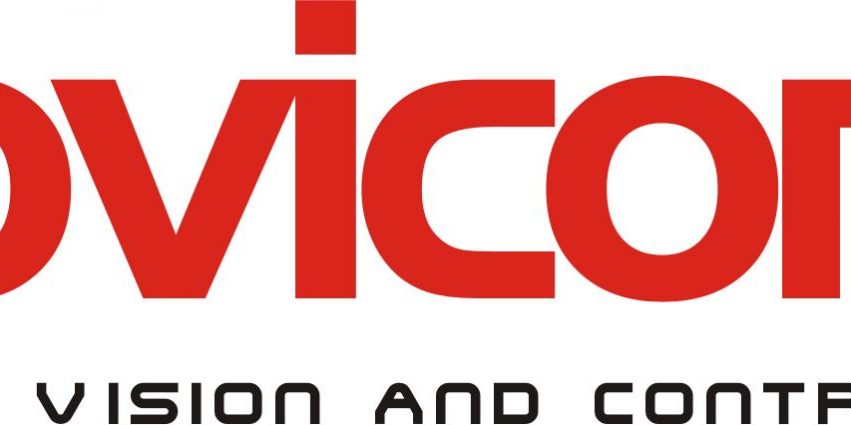Four years ago, Paul Hurst set out to redefine industrial control in the UK by launching a SCADA (supervisory control and data acquisition) package that was twice as good and half the price of other systems then available. We ask him if he succeeded…
Back in 2010, Movicon II was the only SCADA/HMI platform completely based on XML and Web Services technologies, from Windows Vista™ to Windows CE™ and Windows 7. This, says Paul Hurst, managing director of Products for Automation (P4A), gave it supreme openness and flexibility – which in turn made it applicable to any sector in the world of automation.
Five years down the line his conviction has been borne out: “From food and pharmaceuticals to power and utilities, it has proved to be a huge hit in just about every industry,” he says.
“Historically, SCADA was more expensive in the UK than elsewhere, with restricted licences, high development costs and annual system integrator fees. Users were crying out for change and I realised that Movicon could facilitate that.”
It could offer users SCADA systems with all the functionality, scalability, connectivity – and more – of their existing systems, but at a price on average 50% less that they were currently paying. Furthermore there is a free development environment which can be upgraded to a low-cost development license that comes with support. The result is – the cost of both development and ownership is much reduced.
Movicon’s XML foundation still sets it apart and offers an all-in-one development environment for managing HMI, SCADA and statistical production data analysis and reporting applications. It’s powerful, open, flexible, easy to maintain and user-friendly tools help cut initial development time and make later maintenance easier; while its scalability means it is suitable for all applications from micro sized to fully integrated manufacturing plants.
For total openness and easy data access and transparency Movicon combines XML, ODBC, OPC, VBA, SOAP, Web Services, TCP-IP and SQL technologies. A 128-bit coding algorithm can be used to encrypt applications for maximum data security, while a user password manager guarantees access security by level and/or area.
Hurst says that in use Movicon has proven easy to integrate, due to its comprehensive connectivity and networking options. Functions that aid integration include an automatic tag importer, remote connectivity via modem, multi-station point-to-point protocols, bridge for teleservices in PLCs and immediate cable testing.
“The power of Movicon’s networking means that a project can be server and client indifferent,” he explains. “This allows projects to be distributed and run locally, yet to reside on the central server.”
Increasingly important in the market, Movicon can be networked to business systems to provide shopfloor- to-topfloor integration and to the internet for multi-site communications.
Movicon hit the UK market with a previously unseen combination of great graphics, up-to-date coding, and a library of feature modules included free of charge, yet its pricing was more than competitive with existing technologies. So how would Hurst sum up its acceptance?
“The more people we can show this product to, the more customers we have for it!” he says. “The combination of ease of use, a feature-rich standard package and drama-free set-up makes a mockery of some other costly and clunky alternatives.
“And now I am pleased to report that there are exciting new developments almost ready for launch…”








